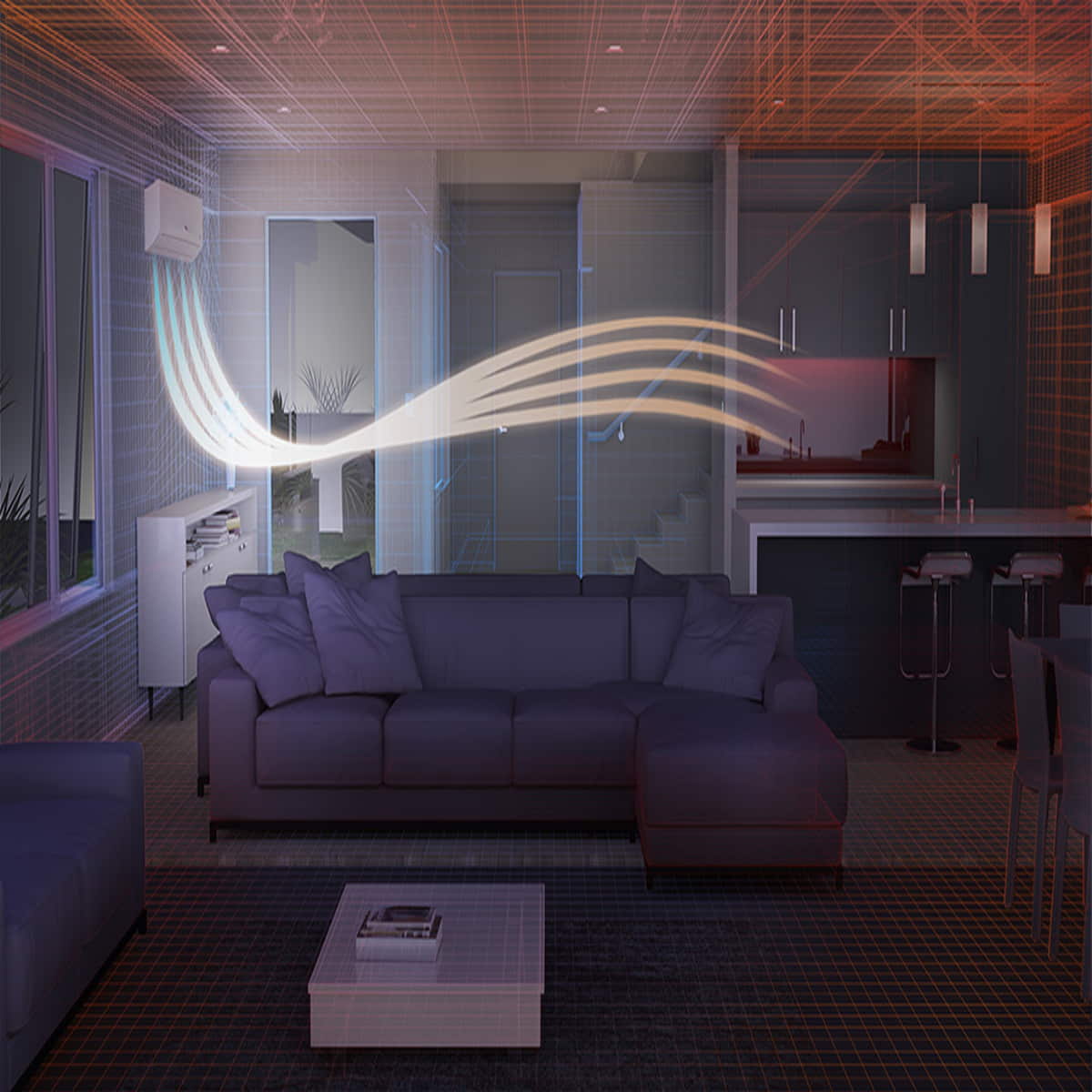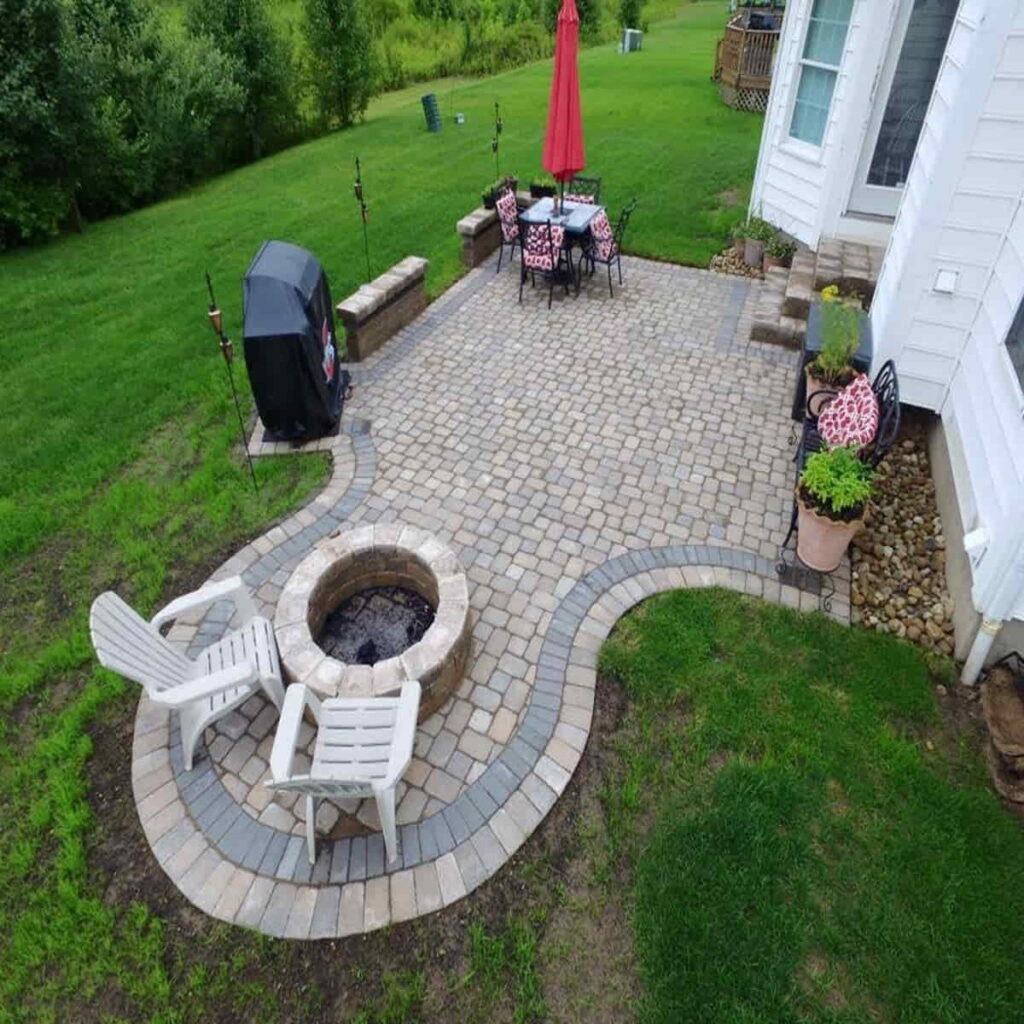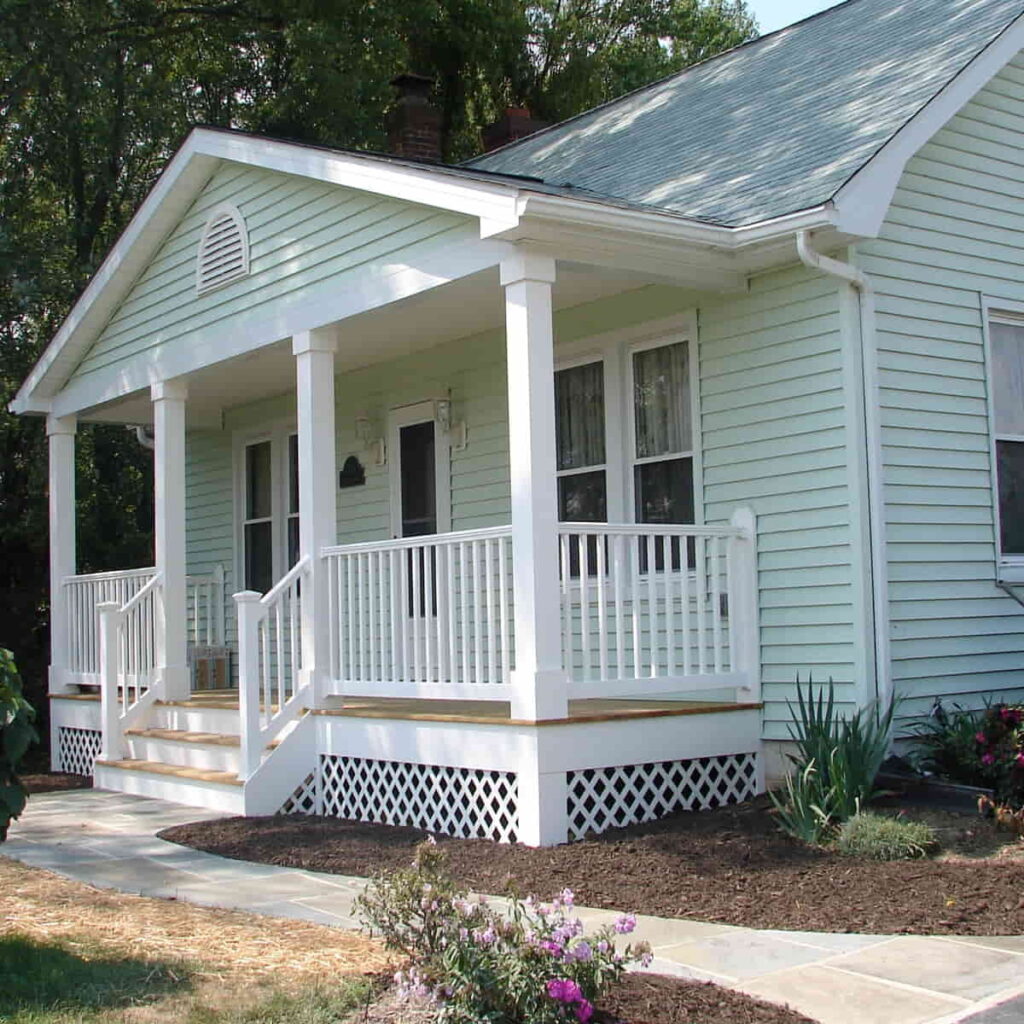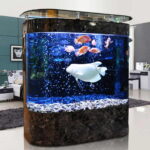In today’s modern homes, indoor air quality has become a crucial concern hence it’s important to know how use a whole house ventilation system. Poor ventilation can lead to a buildup of pollutants, allergens, and stale air, which can negatively impact health and comfort.
This is where a whole-house ventilation system comes into play, offering a comprehensive solution to ensure fresh, clean air throughout your home. In this description, we’ll explore the ins and outs of using a whole-house ventilation system effectively, from understanding its components to optimizing its performance.
The Basics of Whole-House Ventilation Systems
Before digging into how to use a whole-house ventilation system, it’s essential to grasp its fundamental principles. These systems are designed to exchange indoor air with fresh outdoor air, thereby improving indoor air quality.
They typically consist of three main components:
Ventilation Fans
These fans are responsible for moving air into and out of the house. They can be exhaust-only, supply-only, or balanced (both exhaust and supply).
Air Filters
Filters are crucial for removing airborne particles such as dust, pollen, and pet dander from the incoming air, ensuring that only clean air enters your home.
Ductwork
The ductwork connects the ventilation fans and filters to different areas of the house, distributing fresh air and removing stale air efficiently.
Understanding these components is the first step towards effectively utilizing a whole-house ventilation system.
How To Use Whole-house Ventilation System
Operating Your Whole-House Ventilation System
Now that you’re familiar with the basics, let’s examine how to operate your whole-house ventilation system for optimal results.
Setting the Ventilation Rate
Most modern systems allow you to adjust the ventilation rate based on factors such as occupancy, outdoor air quality, and humidity levels. Start by consulting the manufacturer’s guidelines to determine the appropriate ventilation rate for your home.
Programming Timers and Controls
Many ventilation systems come with programmable timers and controls that allow you to schedule ventilation cycles according to your preferences. Take advantage of these features to ensure consistent airflow throughout the day.
Monitoring Air Quality
Keep an eye on indoor air quality indicators such as humidity levels, CO2 levels, and particulate matter. This information can help you adjust ventilation settings as needed to maintain a healthy indoor environment.
Regular Maintenance
To ensure optimal performance, regular maintenance of your ventilation system is crucial. This includes replacing air filters, cleaning ducts, and inspecting fan motors and controls.
Follow the manufacturer’s recommended maintenance schedule for best results.
By following these operational guidelines, you can effectively use your whole-house ventilation system to maintain clean and healthy indoor air.
Enhancing Energy Efficiency
While ventilation is essential for indoor air quality, it’s also important to consider energy efficiency. Here are some tips for enhancing the energy efficiency of your whole-house ventilation system:
Use Energy-Efficient Fans
Invest in energy-efficient ventilation fans that meet or exceed ENERGY STAR® ratings. These fans consume less power while providing sufficient airflow, reducing energy costs in the long run.
Optimize Ventilation Strategies
Consider using demand-controlled ventilation strategies that adjust airflow based on occupancy and air quality sensors. This ensures ventilation when needed while minimizing energy waste during periods of low activity.
Seal Ductwork
Inspect and seal any leaks or gaps in your ductwork to prevent air leaks and optimize airflow. Properly sealed ducts improve system efficiency and reduce energy loss.
By implementing these energy-saving practices, you can enjoy the benefits of a whole-house ventilation system without compromising on energy efficiency.
Troubleshooting Common Issues
Despite proper maintenance and operation, you may encounter occasional issues with your ventilation system. Here are some common problems and troubleshooting tips:
Reduced Airflow
If you notice reduced airflow from your ventilation system, check for blocked air vents, clogged filters, or malfunctioning fans. Clean or replace filters as needed and inspect ducts for obstructions.
Excessive Noise
Noisy ventilation fans can be a sign of worn-out bearings or loose components. Lubricate fan bearings or tighten loose parts to reduce noise levels.
Uneven Air Distribution
If certain areas of your home receive inadequate ventilation, check for ductwork leaks or blockages. Adjust damper settings or repair/replace ducts to ensure even airflow throughout the house.
By addressing these common issues promptly, you can maintain optimal performance and prolong the lifespan of your whole-house ventilation system.
Wrapping It Up
In conclusion, knowing how to use a whole-house ventilation systems effectively is key to achieving healthy indoor air quality. By understanding the system’s components, operating procedures, energy-saving strategies, and troubleshooting tips, you can ensure clean, fresh air throughout your home.
Remember to follow manufacturer guidelines, perform regular maintenance, and monitor indoor air quality indicators for best results.
With a well-maintained and properly operated ventilation system, you can create a comfortable and healthy living environment for you and your family.










2 Comments